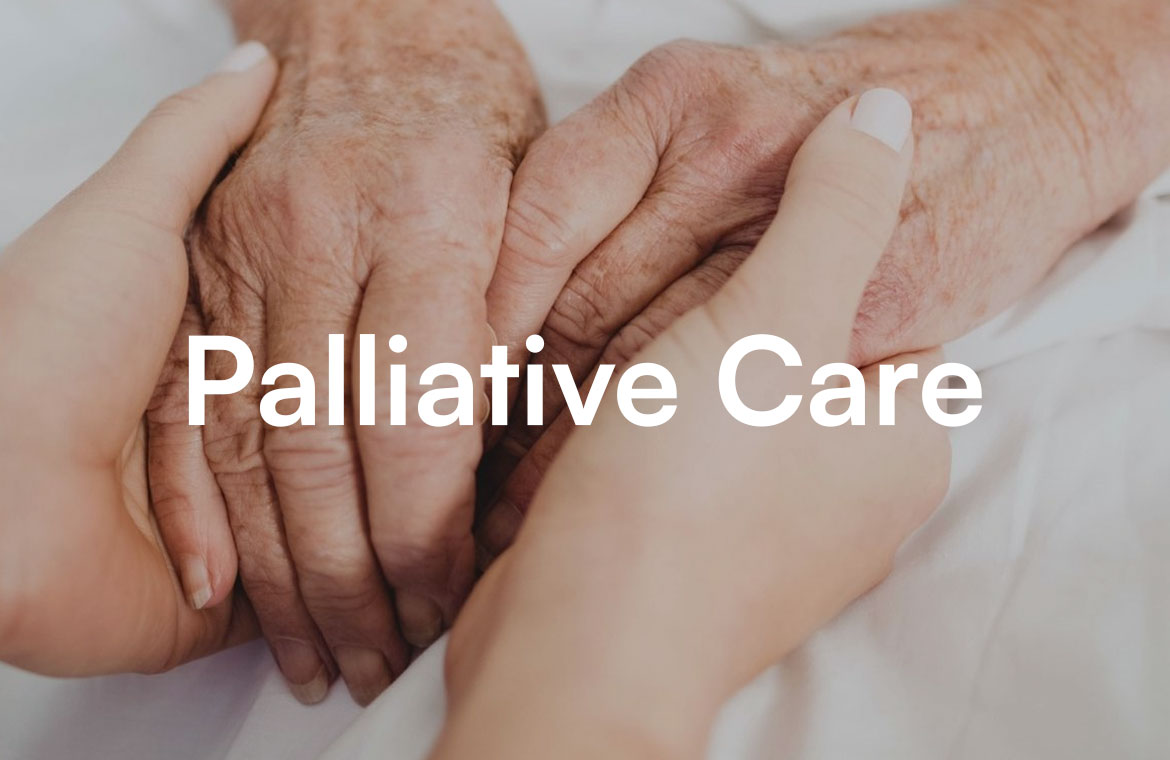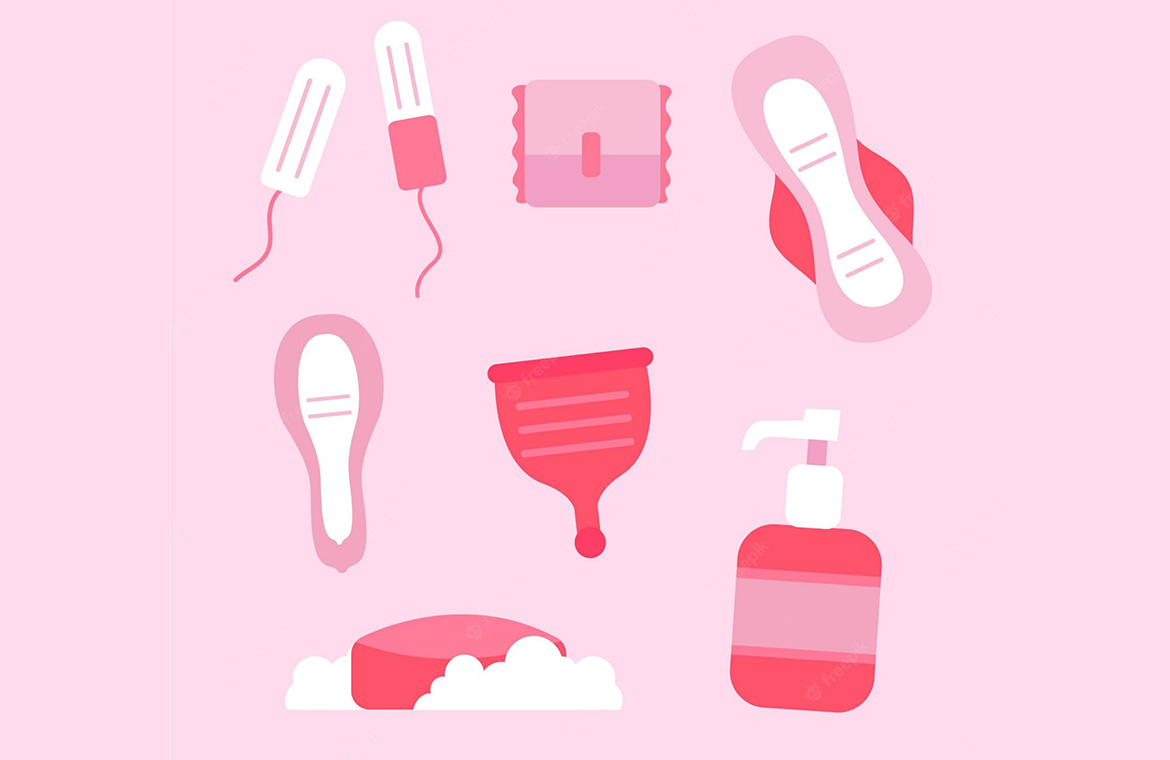Iron deficiency anemia has been one of the major public health problems in our country since ages. The prevalence of anaemia among six groups of people according to age and gender as per the National Family Health Survey 5 (2019-21), is 25.0 percent in men (15-49 years) and 57.0 percent in women (15-49 years). 31.1 percent in adolescent boys (15-19 years), 59.1 percent in adolescent girls,52.2 percent in pregnant women (15-49 years) and 67.1percent in children (6-59 months). [1] The prevalence has increased when the data is compared from NFHS 4 despite all our efforts to achieve a level of control of iron deficiency anemia especially among adolescent girls and women of reproductive age.
What is the challenge:
The Iron and folic acid tablets given to the beneficiaries free of cost by the Government is either not consumed or if consumed it is inappropriately consumed.
During the data collection period of my thesis conducted in a rural area in Ranchi district, I encountered many women who were pale. Out of my own interest I raised a query to a few of them regarding consumption of “Iron ki laal/ kathai goli”. They showed me the tablets and told me that they consume it, but the method was wrong. To list a few practices of iron tablets consumption
- Habit of consuming it with calcium after dinner:
Reason: they don’t have any meal in the morning, the first meal is taken in late afternoon followed by dinner at night or sometimes only dinner. As medicines are to be consumed after food so they prefer to take it at night - Forget to take it often!
- They have not felt any benefit of consuming the tablets hence they receive it from the Anganwadi Centre and just leave it.
- Adolescent girls also discard tablets instead of consuming it or those who consume, take it with the meal.
The compliance towards the tablets is poor, the reason could be a few side effects such as metallic taste, constipation etc. and the second reason is people don’t value the drug as it is supplied to them at no cost.
Strategies towards control:
- Health education and counselling on appropriate dietary practices
- Weekly Voice messages
- Health education of the immediate care givers
- Directly Observed Therapy of iron for Adolescent
- Health education and counselling on appropriate dietary practices:
The adolescent girls must be made aware about their dietary requirement, on why is their requirement more, how they can fulfill their requirement as well as the adverse consequence on their present and future health if needs are not fulfilled. The socio-economic condition of our country is not unknown but there are resources existing which if utilized appropriately, have the capability to satisfy the needs. People in rural areas, where poverty is more common, have huge farms and farmland in the immediate surrounding of their houses, which may be used for planting food items rich in iron like beetroot, green leafy vegetables etc. They can use the dung of animals which they possess as manure for proper growth of crops. Similarly, for other micronutrients such as vitamin C, lemon trees, amla tree, guava tree can be easily planted and grown, and the fruits consumed to fulfill the daily requirement. It is not the case that only costly food items available in market can help prevent iron deficiency, small little efforts if consistently practiced can work wonders. - Weekly voice messages may be dropped in the mobile phone of women in reproductive age group/ Pregnant and lactating mothers as a part of Kilkari [2] which already delivers the messages for care during pregnancy and for childbirth.
- Health education of the immediate care givers of the women such as husband and mother-in-law about appropriate dietary practices for the women. Women herself usually neglects her own health being involved in the care of her family and other household works. If husband and mother-in-law both are counselled and sensitized about the consequences of anemia and how they can contribute towards keeping the pregnant lactating mothers and women of reproductive age non anemic, this may be a game changer in our struggle against anemia.
- Directly Observed Therapy of iron for Adolescent: Making adolescent girls consume the tablet by Directly Observed Therapy under observation of the school teacher: As many girls don’t take it seriously that iron tablets has to be consumed and many of them discard it. This might be one of the reasons why despite the supply, results are not achieved. If school teacher ensures to make IFA tablets taken by all adolescent girls about 2 hours or just before the 3rd class (a recess may be given on one day per week), then difference in the prevalence of anemia might worth be studying.
Reference:
- https://pib.gov.in/PressReleasePage.aspx?PRID=1795421#:~:text=The%20prevalence%20of%20anaemia%20among,(15%2D49%20years). Posted On: 04 FEB 2022 5:30PM by PIB Delhi (Last accessed on 20/09/2023 at 9:30 am)
- https://pib.gov.in/newsite/PrintRelease.aspx?relid=134503 Published on 15-January-2016 15:31 IST (Last accessed on 20/09/2023 at 11:07 am)





“I’ve been diagnosed with iron-deficiency anemia, and I’m overwhelmed by all the dietary changes I need to make to increase my iron intake. Any tips or favorite iron-rich recipes to share?” For more info visit our official website https://www.sankalpa-hospitals.com/ or contact us @ +91 96060 2603